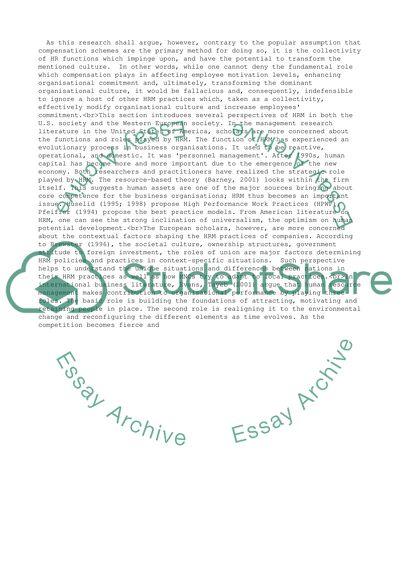Cite this document
(The Function of HRM in Business Organizations Essay Example | Topics and Well Written Essays - 3750 words, n.d.)
The Function of HRM in Business Organizations Essay Example | Topics and Well Written Essays - 3750 words. https://studentshare.org/business/1508940-the-function-of-hrm-in-business-organizations
The Function of HRM in Business Organizations Essay Example | Topics and Well Written Essays - 3750 words. https://studentshare.org/business/1508940-the-function-of-hrm-in-business-organizations
(The Function of HRM in Business Organizations Essay Example | Topics and Well Written Essays - 3750 Words)
The Function of HRM in Business Organizations Essay Example | Topics and Well Written Essays - 3750 Words. https://studentshare.org/business/1508940-the-function-of-hrm-in-business-organizations.
The Function of HRM in Business Organizations Essay Example | Topics and Well Written Essays - 3750 Words. https://studentshare.org/business/1508940-the-function-of-hrm-in-business-organizations.
“The Function of HRM in Business Organizations Essay Example | Topics and Well Written Essays - 3750 Words”. https://studentshare.org/business/1508940-the-function-of-hrm-in-business-organizations.


